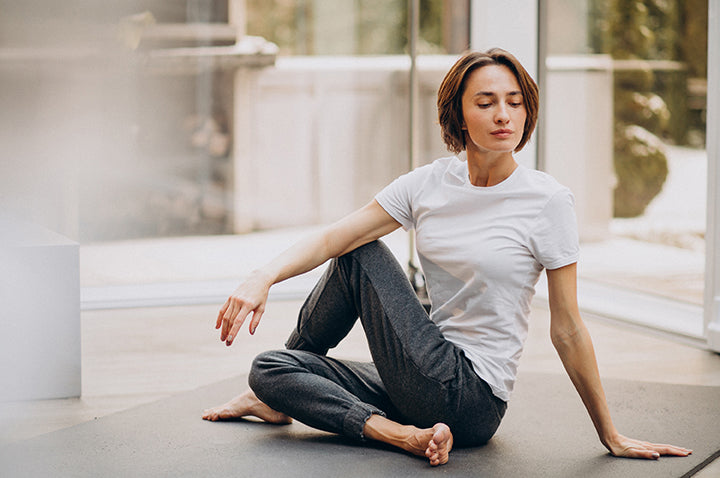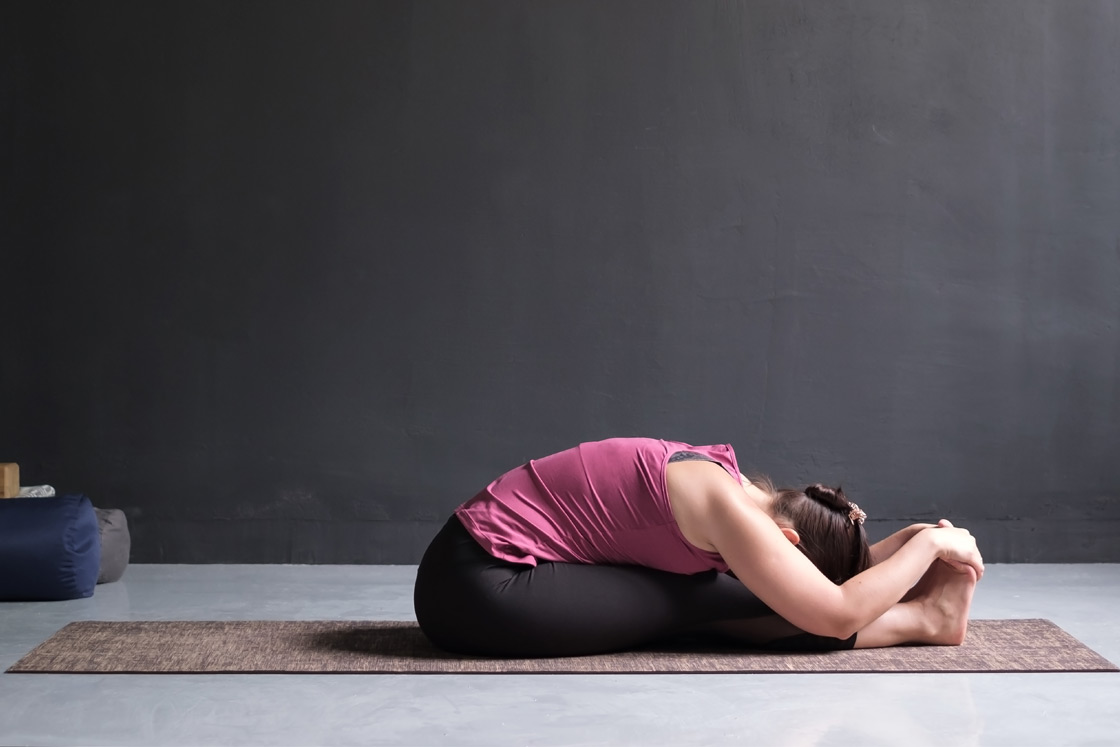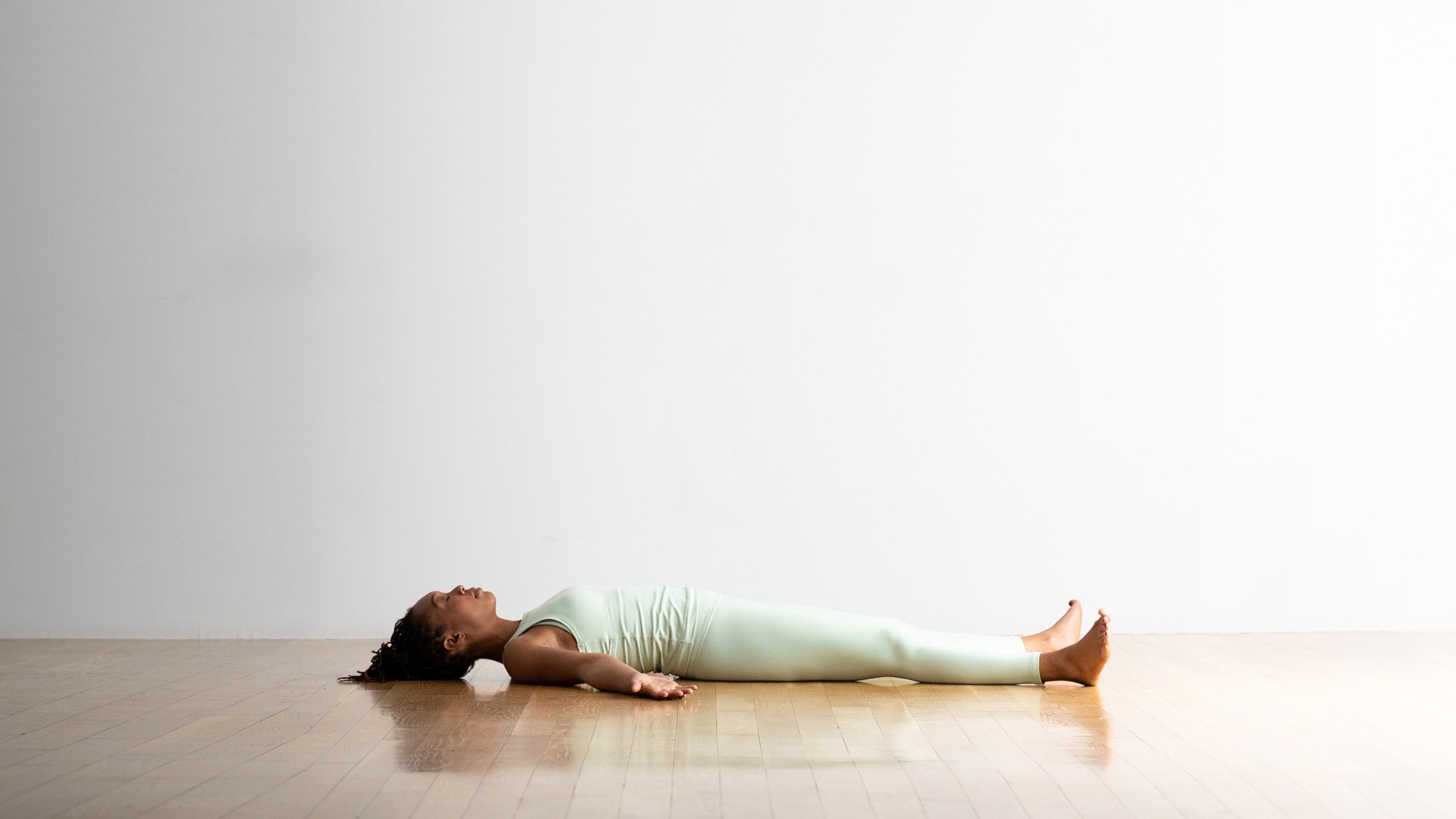Dealing with back pain can be a real drag, affecting everything from your work to your sleep. If you're on the hunt for a natural way to ease that discomfort, yoga might just be your answer. Yoga isn't just about flexibility; it's a holistic practice that can bring tremendous relief and strengthen your back. Let’s dive into the world of yoga and explore the ten best poses to help alleviate yoga for women back pain.
The 10 Best Yoga Poses for Back Pain

Child's Pose (Balasana)
This gentle stretch helps to release tension in the lower back, hips, and thighs. Begin on your hands and knees, then sink your hips back towards your heels while reaching your arms forward, resting your forehead on the mat.
Cat-Cow Stretch
This dynamic movement helps to warm up the spine and increase flexibility in the back muscles. Start on your hands and knees in a tabletop position. Inhale as you arch your back, lifting your head and tailbone (Cow Pose), then exhale as you round your spine, tucking your chin to your chest (Cat Pose).
Downward Facing Dog (Adho Mukha Svanasana)
This pose stretches the entire back body, including the spine, hamstrings, and shoulders. Begin on your hands and knees, then lift your hips up and back, straightening your arms and legs to form an inverted V shape.
Cobra Pose (Bhujangasana)
Cobra pose strengthens the muscles along the spine while also opening up the chest and shoulders. Lie on your stomach with your hands under your shoulders, then press into your palms to lift your chest off the ground, keeping your elbows close to your body.
Bridge Pose (Setu Bandhasana)
Bridge pose helps to strengthen the lower back and glutes while also stretching the chest and hip flexors. Lie on your back with your knees bent and feet hip-width apart, then press into your feet to lift your hips towards the ceiling, keeping your shoulders grounded.
Thread the Needle
This pose targets the muscles along the spine and in the shoulders, helping to release tension and improve flexibility. Begin on your hands and knees in a tabletop position, then reach your right arm underneath your body, threading it between your left hand and knee, and lowering your right shoulder and ear to the mat.
Seated Forward Fold (Paschimottanasana)

This pose stretches the entire length of the spine, hamstrings, and calves, helping to relieve tension in the lower back. Sit on the floor with your legs extended in front of you, then hinge at the hips to fold forward, reaching for your feet or shins.
Pigeon Pose (Eka Pada Rajakapotasana)
Pigeon pose is excellent for opening up the hips and stretching the glutes and lower back. Start in a tabletop position, then bring your right knee towards your right wrist and slide your left leg back, lowering your hips towards the mat. Extend your arms out in front of you or rest your forehead on the ground.
Supine Twist
This gentle twist helps to release tension in the spine and improve spinal mobility. Lie on your back with your arms extended out to the sides, then bend your knees and drop them to the right, keeping your shoulders grounded. Hold for a few breaths, then switch sides.
Corpse Pose (Savasana)

This final relaxation pose allows the body to integrate the benefits of the practice while promoting deep relaxation and stress relief. Lie on your back with your arms and legs extended, palms facing up, and close your eyes. Focus on your breath and allow your body to completely relax.
Conclusion
Yoga for women back painoffers a holistic approach to alleviate back pain, addressing both physical discomfort and mental stress. By incorporating these ten yoga poses into your routine, you can gradually strengthen and stretch your back muscles, promoting flexibility and resilience. Remember, consistency and patience are key. Listen to your body, practice mindfully, and enjoy the journey towards a healthier, pain-free back.
FAQs
Q. Is yoga safe for everyone, including individuals with chronic back pain?
Ans: While yoga can be beneficial for many, it's essential to consult with a healthcare professional before starting any new exercise regimen, especially if you have existing back issues.
Q. How often should I practice these yoga poses to experience relief from back pain?
Ans: Aim for at least three sessions per week, gradually increasing frequency as you become more comfortable with the poses. Consistency is key to seeing improvement.
Q. Can I modify the poses if I find them too challenging?
Ans: Absolutely! Listen to your body and don't hesitate to use props or adjust the poses to suit your comfort level. It's essential to prioritize safety and avoid overexertion.
Q. Are there any specific breathing techniques I should follow during these yoga poses?
Ans: Deep, mindful breathing can enhance the benefits of yoga practice, promoting relaxation and reducing tension in the muscles. Focus on smooth, steady breaths as you move through each pose.
Q. How long does it typically take to experience noticeable improvement in back pain with regular yoga practice?
Ans: Results may vary depending on individual factors such as severity of back pain, overall health, and consistency of practice. Some people may experience relief within a few weeks, while others may require more time. Patience and persistence are key.
